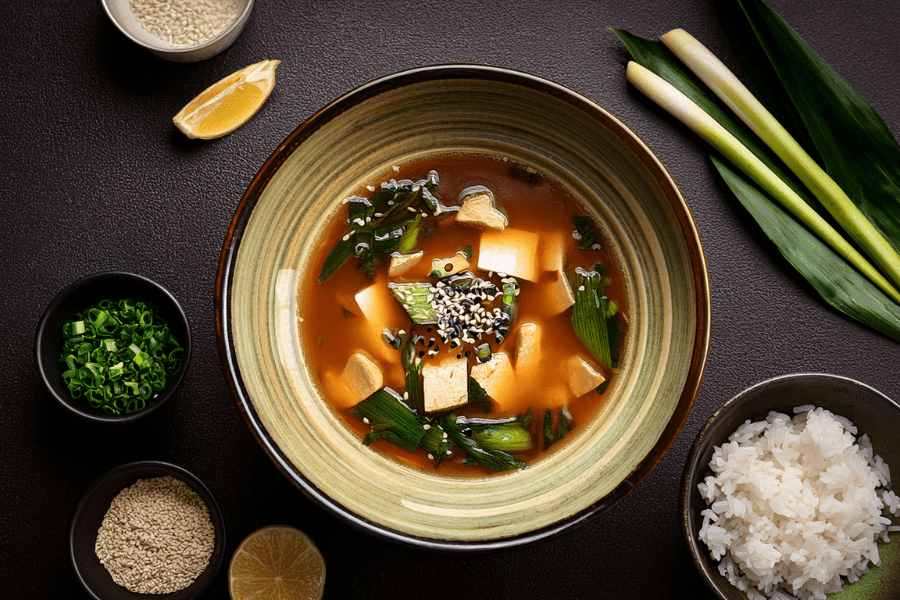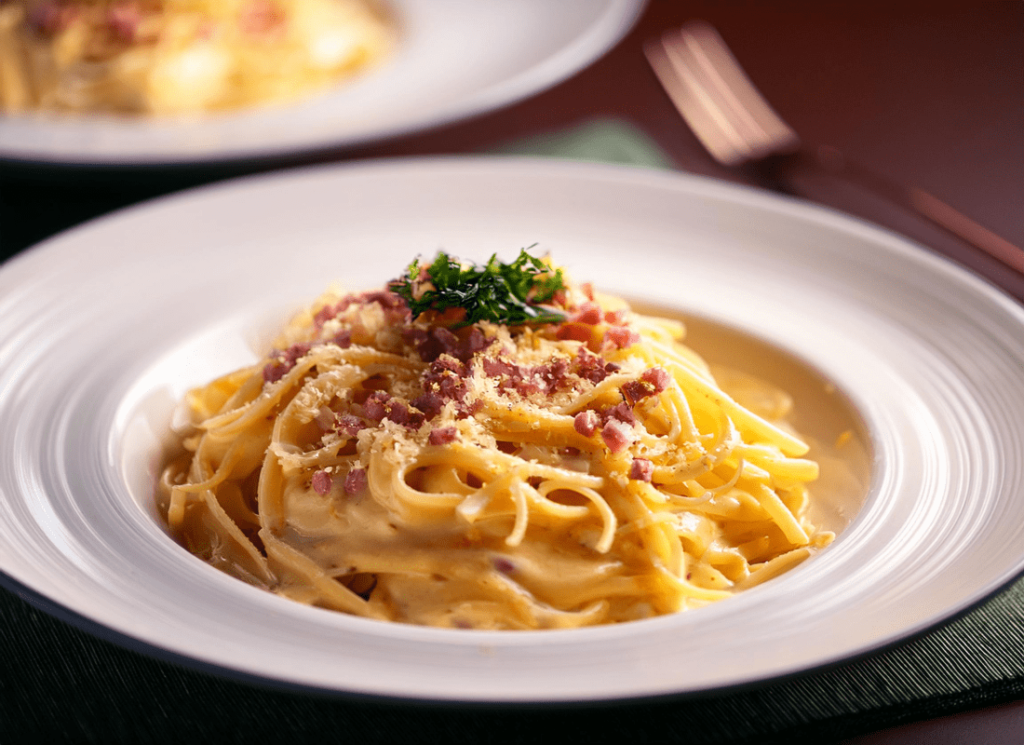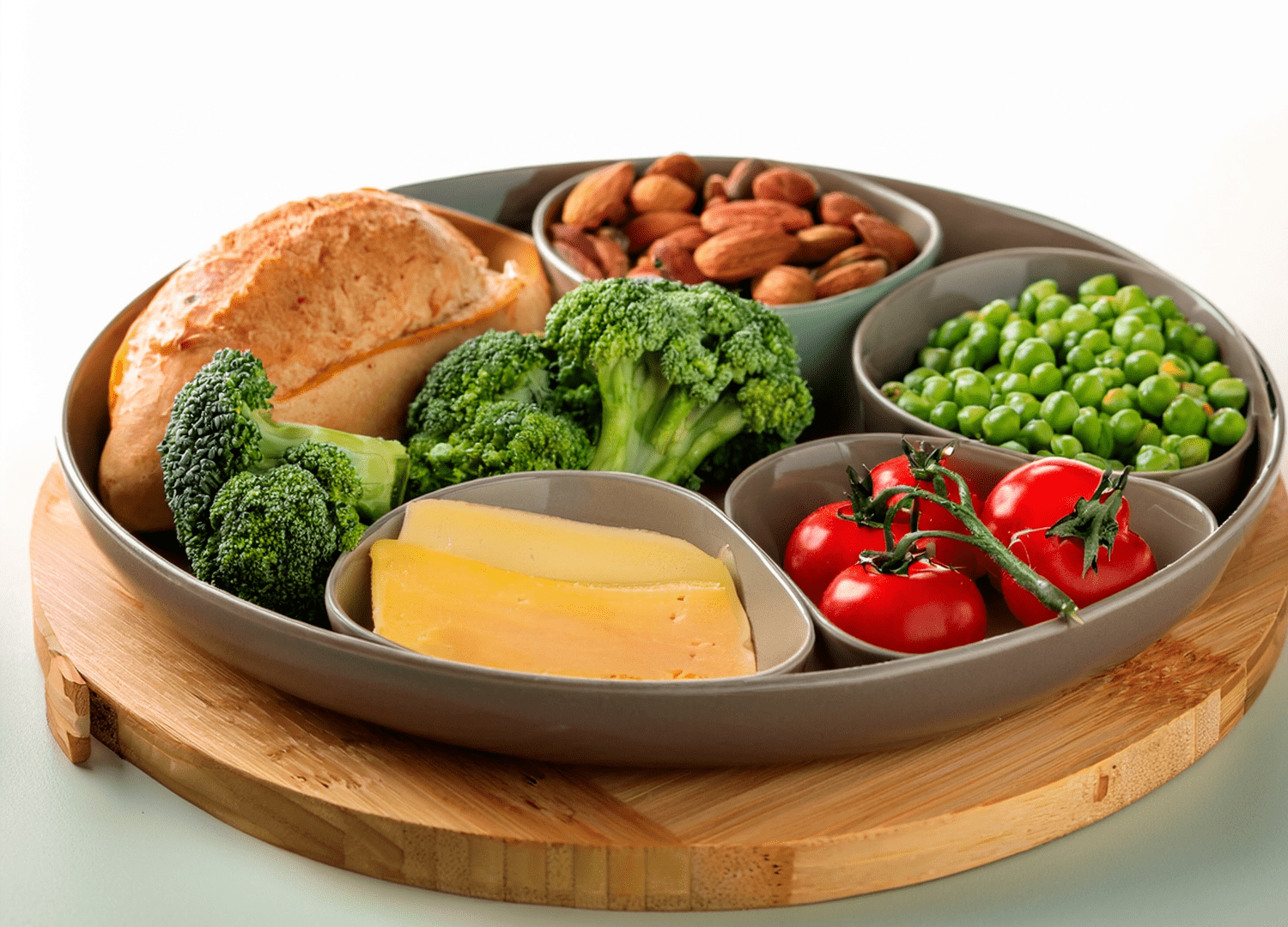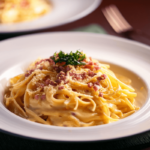Now Reading: The Secret Behind Traditional Italian Pizza Margherita
-
01
The Secret Behind Traditional Italian Pizza Margherita
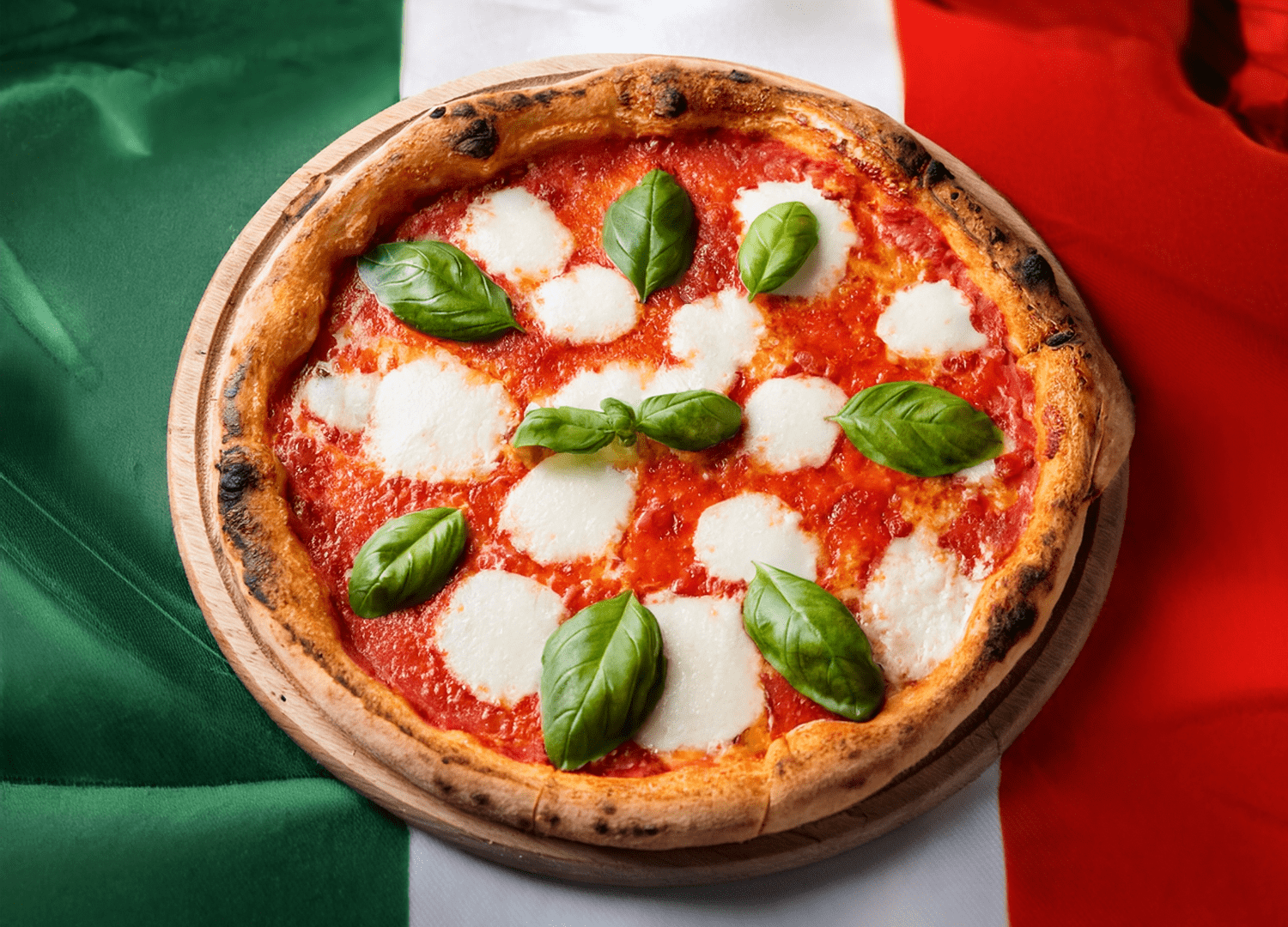
The Secret Behind Traditional Italian Pizza Margherita
Table of Contents
Italian cuisine is renowned worldwide for its rich flavors, time honored traditions, and culinary simplicity. Among its most famous dishes, the traditional Italian Pizza Margherita stands as a timeless icon of authenticity and cultural heritage. The secret behind its global popularity lies in the careful selection of ingredients, meticulous preparation methods, and adherence to Neapolitan culinary traditions. In this article, we explore the elements that make traditional Italian Pizza Margherita an unparalleled gastronomic delight.
In this article, we’ll explore the history, key ingredients, and traditional methods behind authentic Pizza Margherita. Whether you’re a home cook or a pizza enthusiast, understanding these elements will help you appreciate and perhaps even recreate this Italian masterpiece.
The Origins of Pizza Margherita
Pizza Margherita has a storied history dating back to 1889 when Queen Margherita of Savoy visited Naples. Legend has it that a local pizzaiolo, Raffaele Esposito, crafted a pizza representing the colors of the Italian flag—red (tomatoes), white (mozzarella), and green (basil) in her honor. This patriotic dish quickly gained popularity and has since become a hallmark of Neapolitan cuisine. This patriotic combination mirrored the Italian flag, and the pizza was named “Margherita” in her honor. While some historians debate this story, the cultural significance remains undeniable.
The Key Elements of Authentic Pizza Margherita

1. High-Quality Ingredients
The foundation of a great Pizza Margherita is the quality of its ingredients. Authentic Italian pizza uses only fresh, locally sourced components, ensuring that every bite is bursting with flavor.
- Dough: The dough is made from high-quality flour, typically the finely milled “00” flour, mixed with water, salt, and yeast. The dough is allowed to rise for an extended period—often up to 48 hours—to develop a light, airy structure and enhanced digestibility.
- Tomatoes: Only the finest, ripe tomatoes are used for the sauce. In Naples, San Marzano tomatoes, known for their sweet yet slightly acidic flavor, are the preferred choice.
- Mozzarella: Traditional Pizza Margherita is topped with either Buffalo Mozzarella (Mozzarella di Bufala Campana), which is creamier and richer, or Fior di Latte, made from cow’s milk for a more delicate texture.
- Basil: Fresh, whole basil leaves are placed on the pizza after baking to preserve their aromatic essence.
- Extra Virgin Olive Oil: A drizzle of extra virgin olive oil enhances the richness of the flavors, bringing all the ingredients together in perfect harmony.
2. Traditional Dough Preparation
Making the perfect dough requires patience and precision. The ingredients are carefully mixed, and the dough is kneaded until smooth and elastic. After kneading, it undergoes a long fermentation process of at least 24-48 hours, allowing the yeast to work slowly, breaking down the flour’s gluten for better texture and digestibility. The result is a light, airy base with a crisp yet tender bite.
3. The Art of Dough Stretching
Unlike many commercial pizzas that rely on rolling pins, traditional Neapolitan pizza dough is hand-stretched. Pizzaiolos use a specific technique, gently pressing the dough outward from the center, allowing it to expand naturally while forming the characteristic raised edge, known as the “cornicione.” This technique ensures an even thickness and prevents the dough from becoming too dense or chewy.
4. The Cooking Process
Authentic Pizza Margherita is traditionally baked in a wood-fired oven at temperatures between 260°C-290°C (500°F-550°F). The intense heat ensures a crispy, lightly charred crust while quickly melting the cheese and fusing the flavors. This cooking method takes only 60-90 seconds, ensuring that the pizza remains light and digestible.
The Hallmarks of Authenticity
For a pizza to be considered a true Neapolitan Pizza Margherita, it must adhere to specific guidelines set by the Associazione Verace Pizza Napoletana (AVPN). Some of these key authenticity markers include:
- The use of hand-kneaded dough, avoiding mechanical rolling.
- A pizza diameter of no more than 35 cm.
- A thin center (about 0.4 cm) with a raised, airy crust.
- The use of certified ingredients, including San Marzano tomatoes and Mozzarella di Bufala Campana.
- A quick, high-temperature bake in a traditional wood-fired oven.
The Importance of Simplicity
One of the greatest secrets behind Pizza Margherita’s success is its simplicity. Unlike overloaded or heavily processed pizzas found in commercial fast-food chains, Neapolitan pizza focuses on pure, high-quality ingredients that stand out on their own. Each bite delivers a balance of flavors, allowing the natural sweetness of the tomatoes, the creaminess of the mozzarella, and the herbal aroma of basil to shine.
Nutritional value (per serving)
| Nutrient | Amount per Serving (1 Slice) |
|---|---|
| Calories | 250-280 kcal |
| Carbohydrates | 35-40 g |
| Protein | 10-12 g |
| Fat | 8-10 g |
| Saturated Fat | 3-4 g |
| Fiber | 2-3 g |
| Sugar | 2-4 g |
| Sodium | 400-500 mg |
| Calcium | 150-200 mg |
| Iron | 1-2 mg |
Common Mistakes to Avoid
- Overloading Toppings – Authentic Margherita is minimalistic.
- Using Low-Quality Ingredients – Freshness is non-negotiable.
- Chopping Basil – Whole leaves preserve aroma.
- Baking at Low Heat – High temperature is crucial for texture.
The secret behind traditional Italian Pizza Margherita lies in its commitment to quality ingredients, time-honored preparation techniques, and adherence to authenticity. While its legend may be steeped in history, the true magic of this pizza comes from its ability to transform simple components into a masterpiece of flavors. If you’re passionate about authentic Italian cuisine, be sure to check out our guide on Mastering Authentic Italian Carbonara Recipe Guide to discover another timeless recipe that embodies the essence of Italy.



